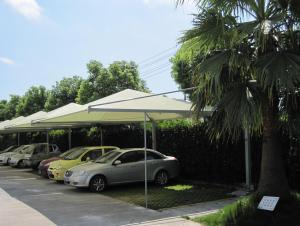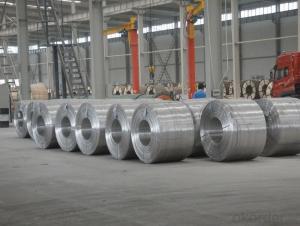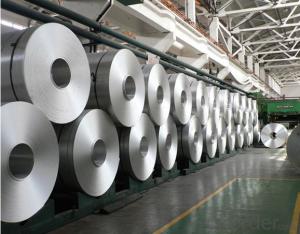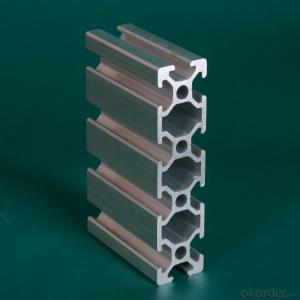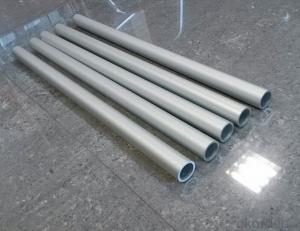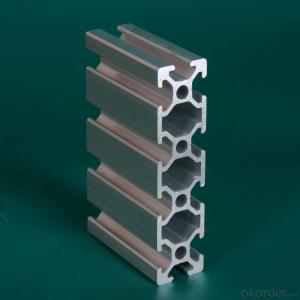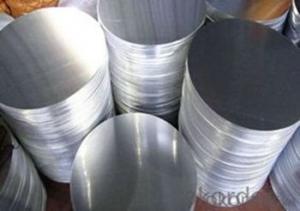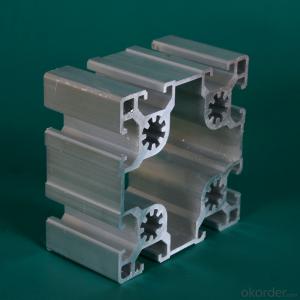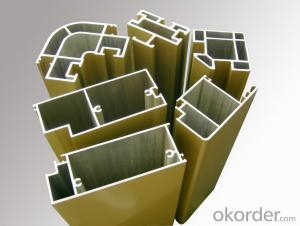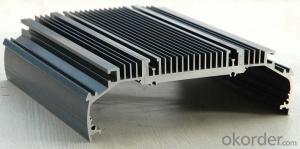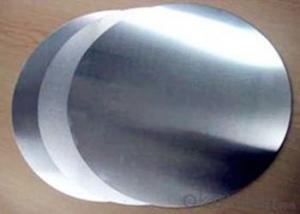Aluminum Awning Windows
Aluminum Awning Windows Related Searches
Led Light Bulbs For Ceiling Fixtures Led Lamps For Ceiling 42 In Ceiling Fan With Light Aluminum Coil Stock For Gutters Aluminum Foil For The Grill Hole Saw For Aluminum Plate Aluminum Tread Plate For Trailer Bow Plate For Aluminum Boat Aluminum Foil For Grow Room Aluminum Foil For Joint PainHot Searches
Stock Price For Aluminum Aluminum Coil Stock For Sale Aluminum Gutter Coil For Sale Used Aluminum Scaffolding For Sale 1/4 Aluminum Plate For Sale Aluminum Bar Stock For Sale Aluminum Round Stock For Sale Aluminum Diamond Plate For Sale Aluminum Scaffolding For Sale Craigslist 6061 Aluminum Plate For Sale Aluminum Dock Plate For Sale 7075 Aluminum Plate For Sale Aluminum Tread Plate For Sale Aluminum Checker Plate For Sale Aluminum Plate For Sale Near Me Plate Aluminum For Sale Aluminum Plate For Sale Aluminum Square Stock For Sale Aluminum Flat Stock For Sale Billet Aluminum Stock For SaleAluminum Awning Windows Supplier & Manufacturer from China
Okorder.com is a professional Aluminum Awning Windows supplier & manufacturer, offers integrated one-stop services including real-time quoting and online cargo tracking. We are funded by CNBM Group, a Fortune 500 enterprise and the largest Aluminum Awning Windows firm in China.Hot Products
FAQ
- Yes, aluminum profiles can be suitable for earthquake-resistant structures. Aluminum is a lightweight and high-strength material that offers several advantages for earthquake resistance. Firstly, its high strength-to-weight ratio allows for the construction of lighter and more flexible structures, which can better withstand seismic forces. This characteristic is particularly important as it reduces the overall mass of the structure, minimizing the inertia forces during an earthquake. Furthermore, aluminum profiles have excellent corrosion resistance, ensuring the long-term durability and structural integrity of earthquake-resistant buildings. This is crucial as corrosion can weaken the structure over time, making it more vulnerable to seismic events. In addition, aluminum's malleability allows for the creation of complex and customized profiles, enabling architects and engineers to design structures that can effectively absorb and dissipate seismic energy. This flexibility is essential in earthquake-resistant design, as it allows the structure to deform and absorb the energy generated during an earthquake, reducing the impact on the building and its occupants. Moreover, aluminum is a sustainable material, as it is highly recyclable and requires significantly less energy to produce compared to other metals. This makes it an environmentally friendly choice for earthquake-resistant structures. However, it is worth noting that the suitability of aluminum profiles for earthquake-resistant structures also depends on various factors, such as the specific design requirements, local seismic conditions, and the expertise of the engineers and architects involved. Therefore, a thorough analysis and evaluation of the specific project requirements and conditions should be conducted before determining the suitability of aluminum profiles for earthquake-resistant structures.
- Yes, aluminum profiles can come with certifications depending on their intended use and industry standards. Some common certifications for aluminum profiles include ISO 9001, which ensures quality management systems are in place, ISO 14001, which certifies environmental management systems, and OHSAS 18001, which verifies occupational health and safety management systems. Additionally, aluminum profiles used in construction may have certifications such as the CE marking, which indicates compliance with European Union safety, health, and environmental protection requirements. It is important to check with the manufacturer or supplier to determine if the specific aluminum profiles you are interested in come with any certifications.
- Aluminum profiles are cut and shaped using various methods such as sawing, milling, drilling, and bending. Sawing is the most common method, where a circular saw or bandsaw is used to cut the aluminum profiles to the desired length. Milling involves removing excess material using a rotating cutting tool to create specific shapes and designs. Drilling is used to create holes in the profiles using a drill bit. Lastly, bending is employed to shape the profiles by applying force to bend them into the desired angles or curves.
- The water resistance properties of aluminum profiles are exceptional. Aluminum itself has inherent resistance to corrosion, and when properly coated or anodized, it becomes even more resistant to water damage. Through the coating or anodization process, a protective layer forms on the aluminum surface, acting as a barrier against water penetration. Aluminum profiles find widespread use in various applications that involve exposure to water, such as windows, doors, and outdoor structures. Thanks to their water resistance properties, they can withstand moisture, rain, and humidity without deteriorating or rusting. Moreover, aluminum profiles have the advantage of being lightweight, making them ideal for water-related environments like marine applications. Despite their lightweight nature, they offer high strength and durability, enabling them to endure the harsh conditions associated with water contact. To summarize, aluminum profiles possess excellent water resistance due to their natural corrosion resistance and the protective coatings or anodization they undergo. This makes them a reliable choice for applications expecting water exposure, ensuring long-lasting performance with minimal maintenance needs.
- What does aluminum T1.5 mean?
- It should be wall thickness, 1.5mm, or diagonal reinforcement, 1.5MM
- There are several advantages to using aluminum profiles in the telecommunications infrastructure: 1. Lightweight: Aluminum profiles are significantly lighter than traditional materials like steel. This makes them easier to transport and install, reducing labor costs and time required for deployment. 2. Corrosion-resistant: Aluminum has excellent resistance to corrosion, meaning it can withstand harsh environmental conditions such as high humidity or exposure to chemicals. This makes it ideal for outdoor telecommunications infrastructure, where it may be exposed to the elements. 3. High strength-to-weight ratio: Despite its lightweight nature, aluminum profiles have a high strength-to-weight ratio. This means they can support heavy equipment and structures while still being relatively light, making them ideal for applications such as antenna mounts and support structures. 4. Easy customization: Aluminum profiles can be easily customized to meet specific design requirements. They can be cut, drilled, or shaped to fit unique specifications, allowing for flexibility in design and installation. 5. Cost-effective: Aluminum profiles are generally more cost-effective compared to other materials like steel or fiberglass. They require minimal maintenance, have a long lifespan, and can be recycled, reducing overall costs over the life cycle of the infrastructure. 6. Electrical conductivity: Aluminum is an excellent conductor of electricity, making it suitable for telecommunications infrastructure where electrical conductivity is required. 7. Aesthetically pleasing: Aluminum profiles have a sleek and modern appearance, which can enhance the overall aesthetics of the telecommunications infrastructure. This is particularly important in urban or residential areas where visual appeal is a consideration. Overall, the advantages of using aluminum profiles in telecommunications infrastructure include their lightweight nature, corrosion resistance, high strength-to-weight ratio, customization options, cost-effectiveness, electrical conductivity, and aesthetic appeal. These benefits make aluminum profiles a preferred choice for various components within the telecommunications industry.
- Aluminum profiles are known for their exceptional durability and resilience, making them highly capable of handling extreme weather conditions. Due to their inherent corrosion resistance, aluminum profiles can withstand harsh weather elements such as heavy rain, snow, extreme temperature fluctuations, and even high levels of UV radiation without corroding or deteriorating. One of the key attributes of aluminum is its ability to create a protective oxide layer on its surface, known as aluminum oxide. This layer acts as a natural barrier, shielding the metal from moisture, salt, and other corrosive agents present in the atmosphere. As a result, aluminum profiles remain unaffected by rain or snow, and they do not rust or corrode like other metals. Furthermore, aluminum's thermal conductivity allows it to quickly dissipate heat, preventing any damage caused by extreme temperature variations. Whether exposed to scorching heat or freezing cold, aluminum profiles expand and contract minimally, which helps maintain their structural integrity and prevents warping or cracking. Moreover, aluminum profiles can withstand high wind loads, making them suitable for areas prone to hurricanes, tornadoes, or strong gusts. Their lightweight yet sturdy nature enables them to withstand significant pressure without bending or breaking. In terms of UV radiation, aluminum profiles have excellent resistance to fading and discoloration. They can effectively endure prolonged exposure to sunlight without losing their original color or surface finish. This makes them an ideal choice for outdoor applications, such as windows, doors, and facades, where they remain visually appealing and structurally sound even in extreme weather conditions. Overall, aluminum profiles exhibit remarkable durability, corrosion resistance, thermal stability, and resistance to UV radiation, allowing them to effectively handle and withstand the challenges posed by extreme weather conditions.
- Yes, aluminum profiles can definitely be used for signage or display purposes. Aluminum is a versatile and durable material that is commonly used in various industries, including signage and display. Aluminum profiles provide a strong framework for signs and displays, allowing for stability and longevity. The lightweight nature of aluminum makes it easy to handle and install, making it a popular choice for outdoor signage and indoor displays. Additionally, aluminum profiles can be easily customized and fabricated into various shapes and sizes, allowing for creativity and design flexibility. Aluminum profiles also offer excellent resistance to corrosion, ensuring that the signage or display remains in good condition even in outdoor or high-moisture environments. This makes them suitable for a wide range of applications, including storefront signs, directional signs, trade show displays, exhibition booths, and many more. Furthermore, aluminum profiles can be powder coated or anodized to provide a decorative finish, enhancing the visual appeal of the signage or display. This allows for branding and customization options, making the aluminum profiles a great choice for businesses looking to showcase their brand identity. Overall, aluminum profiles are a reliable and versatile choice for signage or display purposes. They offer strength, durability, design flexibility, and resistance to corrosion, making them suitable for a wide range of applications in various industries.










